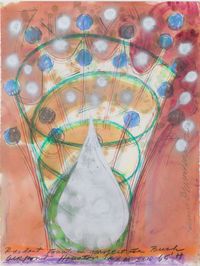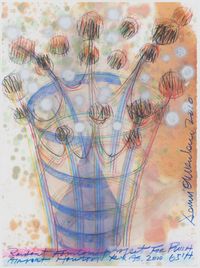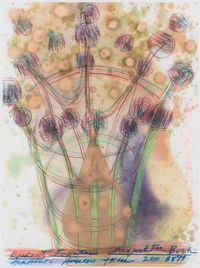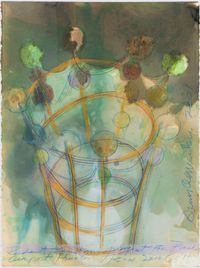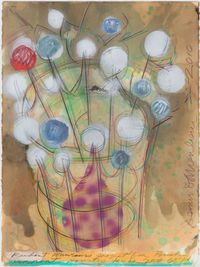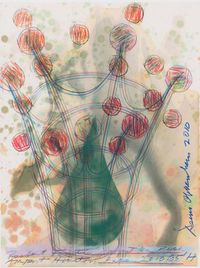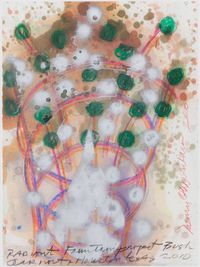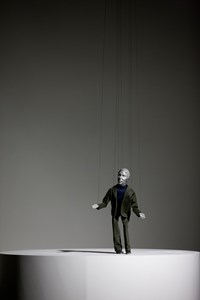Dennis Oppenheim rose to eminence in the 1960s with his large-scale 'earthworks', in which he cut abstract configurations in fields of wheat (Directed Harvest (1966)), traced the rings of a tree's growth in snow (Annual Rings (1968)), or created a sprawling white square with salt in downtown Manhattan (Salt Flat (1968)). These ephemeral artworks, which survived only through photographic documentation, formed part of a greater movement known as Earth or Land Art, which took place across the U.S. and the U.K. and included artists like Robert Smithson, Walter De Maria, and Nancy Holt.
Read MoreIn the 1970s, Oppenheim was among the cutting edge of artists using film and video as a means to investigate themes relating to body art, conceptual art, and performance. As Oppenheim's body became the subject of his art, discomfort, humor, and even immediate danger formed key elements of the quasi-autobiographical works in which the artist was his own canvas. In Reading Position for Second Degree Burn (1970), for example, he lay in the sun for hours in order to burn the shape of a book onto his chest in what he described as a 'corporeal enactment of painting.'
Large-scale, pop-forward sculptures and permanent installations formed the focus of Oppenheim's practice by the mid-1990s. Among his best-known works is Device to Root Out Evil (1997), a sculpture comprised of a New England-style church built upside-down, perched precariously on the point of its steeple, which drives down toward the ground. This sculpture is characteristic of Oppenheim's later work, in which he sought to transform everyday objects and fuse sculpture and architecture.
